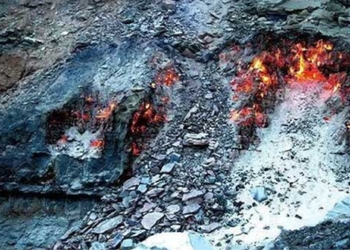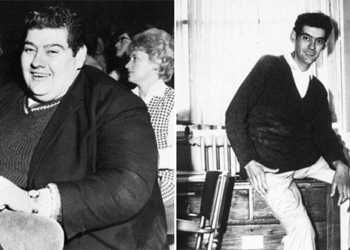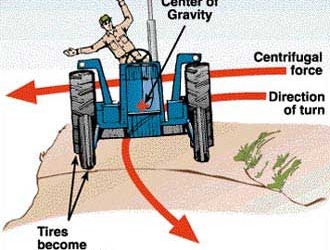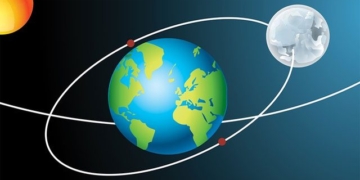Phantom traffic jams can occur due to driving habits and natural wave dynamics among vehicles on the road.
What is a Phantom Traffic Jam?
A phantom traffic jam is any traffic congestion that occurs without a clear reason, meaning there are no accidents, speed traps, or construction work forcing a large number of drivers to brake. These traffic phenomena are referred to as jamitons.
In reality, phantom traffic jams can be caused by drivers exhibiting poor driving habits (braking unnecessarily). Perhaps the individual is glancing at their phone and spots a flicker of movement on the road, causing them to instinctively brake. Or maybe they notice an anomaly on the road and slow down before realizing it was just a light illusion.
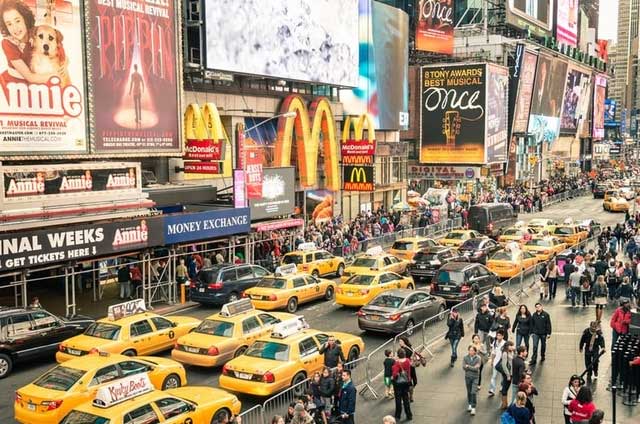
Phantom traffic jams, also known as traffic waves, stop waves, or ghost congestion…
For example, if a driver brakes suddenly without necessity, it can create a ripple effect that slows down dozens of vehicles. This is because when driving on a highway with heavy traffic, drivers tend to crowd each other. If the leading driver suddenly brakes, the vehicles behind must quickly brake to avoid a collision, and the following vehicles will have to do the same, causing traffic congestion.
Phantom traffic jams, also known as traffic waves, stop waves, or ghost congestion, are frustrating road phenomena that drivers often encounter. They occur when traffic suddenly slows down without a clear reason.
Ripple Effect
If the leading driver brakes sharply, the vehicles behind must quickly brake, and the subsequent vehicles will also have to respond similarly, creating a ripple effect that can slow down dozens of vehicles. Even if the leading vehicle only brakes for a moment and then continues moving forward, the ripple effect of that sudden braking can extend for hundreds of meters. Each vehicle behind must significantly reduce speed to maintain safety until all vehicles can accelerate again.
Emergency braking on highways (that is, braking and reducing speed from around 100 km/h to nearly a complete stop) intensifies the “jamiton” phenomenon. This is not limited to individual lanes; seeing brake lights of cars in other lanes flashing can also lead drivers to brake. This can reduce speeds across the entire width of the highway.
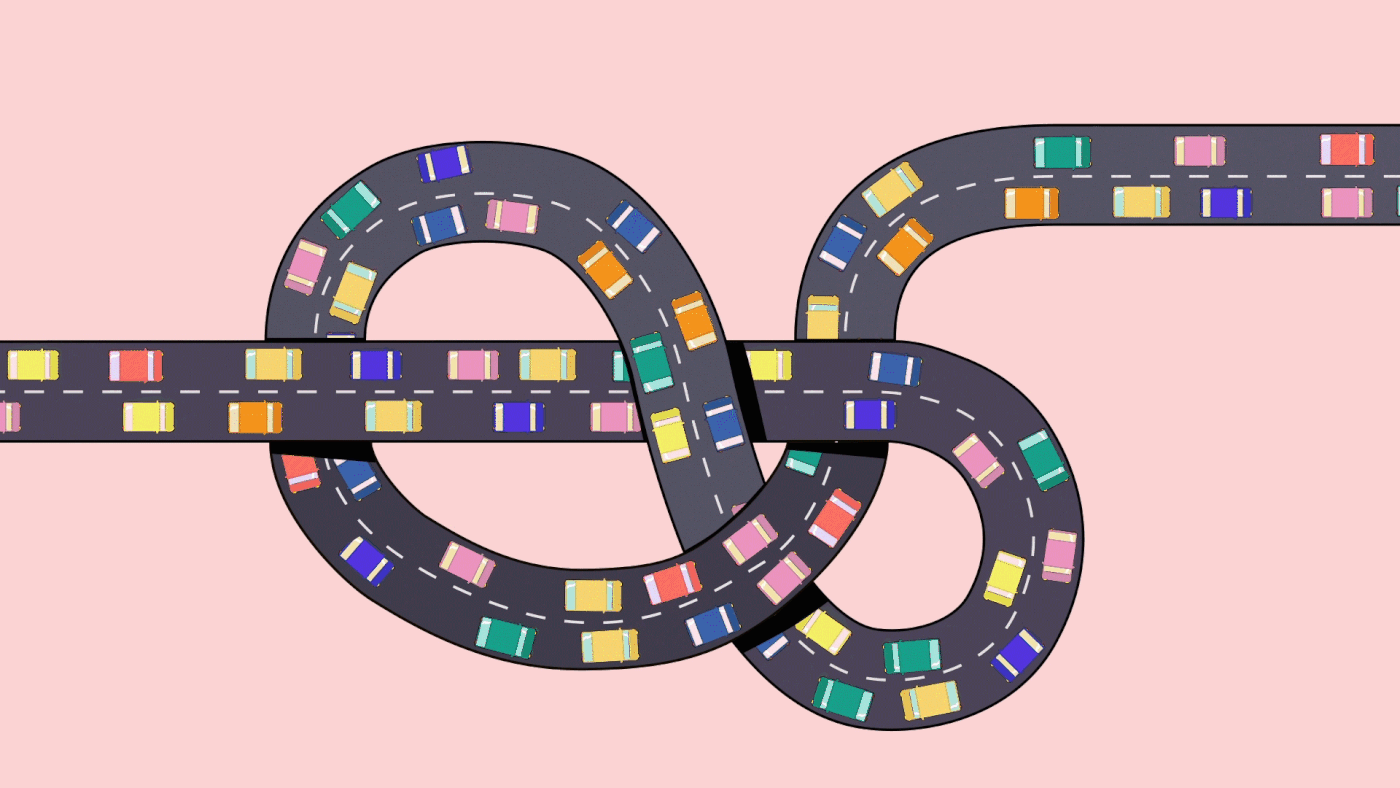
The main factor leading to phantom congestion is heavy traffic flow. Vehicles travel closely together, making speed adjustments difficult. Just one driver braking lightly can trigger a chain reaction. The vehicle behind will respond by braking a little harder to maintain a safe distance. This pattern continues along the line of cars, with each driver braking more than the one in front. This creates a slowing traffic wave that can stretch for dozens or hundreds of meters.
The ripple effect is a phenomenon that describes the spread of an initial impact, often small, to surrounding areas, creating subsequent effects, much like ripples spreading on the surface of water when a stone is dropped.
This effect can be observed in various fields, including:
- Physics: When a stone is dropped into water, it creates ripples that spread outward. The ripples diminish in size the further they are from the center and eventually disappear.
- Society: A small action by an individual can trigger widespread effects in the community. For instance, a person volunteering to help the homeless may inspire others to do the same, creating a community that supports those in need; a business implementing environmental protection measures may encourage other businesses to follow suit, contributing to environmental conservation; a campaign raising awareness of an important social issue may lead to changes in laws or policies.
- Economics: An economic decision made by the government or a business can affect prices, employment, and economic growth in various regions.
- Technology: A new invention can lead to changes across different areas of social life. For example, the advent of the internet has significantly impacted how we communicate, learn, and conduct business.
- Media: News or information can spread rapidly and widely through social media and other channels, creating public opinion and influencing people’s behavior.
The ripple effect can have both positive and negative impacts. It is important to be aware of the potential consequences of our actions to create positive changes and mitigate negative effects.








































